Submunition structure of the M483A1 155 mm cluster munition. (Source: US Army)
According to Drive , on July 7, the Pentagon announced the 42nd military aid package for Ukraine, which includes the Multipurpose Improved Conventional Munition (DPICM), also known as cluster munitions. This weapon is expected to help Ukraine neutralize the Russian defense line with its complex trench system.
The Pentagon also stressed that DPICM is considered "highly effective and reliable" and that the agency has consulted extensively with the US Congress and allies and partners on the decision to provide DPICM to Ukraine.
What is DPICM artillery shell?
DPICM is a general term for a variety of artillery shells and submunition rockets, with similar designs. Most DPICMs were produced in the 1970s–1990s, including 105, 155, and 203 mm artillery shells, as well as 227 mm rockets and ATACMS Tactical Ballistic Missiles launched from M270 MLRS and M142 HIMARS rockets.
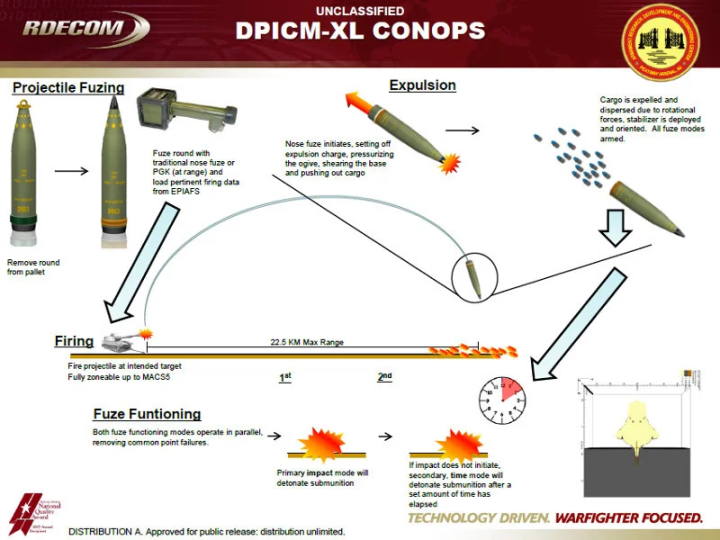
The operating mechanism of the improved DPICM cluster munition being developed by the US military.
DPICM is developed from the Improved Conventional Munition (ICM) line. In terms of features, DPICM can deal with both armored vehicles and conventional weapons, but the main target of cluster munitions is still infantry. Each sub-munition of DPICM is equipped with a high-explosive armor-piercing (HEAT) warhead, surrounded by a metal shell that can shatter into many pieces and shoot out at extremely high speed when the main warhead explodes.
DPICM mother munitions typically release a series of submunitions at pre-set locations along their flight path. The submunitions are similar in size and mass to infantry grenades and lack guidance equipment. They are fitted with a fabric tail arrester to stabilize their trajectory after separation from the main munition.
DPICM has a wide-area lethality capability depending on the version. A 227 mm M26 rocket launched from the HIMARS system can carry 644 M77 submunitions and disperse them in a 200 m radius circle.
For the Ukrainian military, the country's artillery systems, which have been provided with Western aid, are fully capable of deploying DPICMs. For example, the M142 and M270 multiple rocket launchers, as well as a range of NATO-standard 155nm and 105mm guns, can fire various types of DPICM cluster munitions.
In the case of 155mm cluster munitions, the US Army currently has M483A1 and M864 munitions that can carry M42 and M46 submunitions with ranges from 17km to 30km respectively. Each M864 can carry 48 M42 submunitions or 24 M46 submunitions.

Graphic comparing the damage range of cluster munitions (left) with conventional impact munitions and air-detonated munitions.
Why does Ukraine need cluster munitions?
In a recent statement, Ukrainian Defense Minister Oleksii Reznikov said that the cluster munitions provided by the US could help speed up the process of retaking Russian-controlled areas. Reznikov also pledged not to fire cluster munitions on “internationally recognized Russian territory.”
Western experts say DPICM could help Ukraine more effectively counter Russia’s dense network of trenches and minefields, which is causing heavy damage and hindering Kiev’s long-awaited counteroffensive.
"Trenches are an effective countermeasure to conventional artillery fragmentation, forcing the attackers to use large amounts of shells without achieving high efficiency. In contrast, cluster munitions can cover a large area in a short time, using much less total ammunition. Submunitions can also fall directly into trenches and cause heavy casualties to defending infantry," said military expert Joseph Trevithick.
This is especially beneficial for Kiev, in the context of the Commander-in-Chief of the Ukrainian army, General Valery Zaluzhny, admitting on July 1 that limited supplies meant that Ukrainian artillery firepower in the counteroffensive campaign was only equivalent to 10% of the Russian army's.
"A single DPICM can be as effective or even more effective than five conventional rockets," Trevithick said.

A US soldier carries a 155 mm DPICM round during an exercise in South Korea in 2016. (Photo: US Army)
Importantly, the US stockpile of DPICMs is very strong. The US has nearly 3 million of them, mostly at home and at bases in Europe, Republican lawmakers wrote in a letter to President Joe Biden in March.
However, this type of munition is controversial, because the unexploded submunitions can spread over large areas and threaten civilians after a conflict, not unlike land mines. Cluster munitions used since World War II have caused tens of thousands of civilian casualties around the world .
To reassure public opinion, the Pentagon said that the cluster munitions delivered to Ukraine will be the latest and have a failure rate of not exploding after firing of less than 2.35%. This figure is considered ideal by the US military because similar Russian cluster munitions have a failure rate of 30% to 40%.
However, military experts say DPICM is not a “silver bullet” because there is no guarantee that it can break the defense line that the Russians have built up over the past 6 months. On the other hand, DPICM may only be a temporary addition to Ukraine’s depleted artillery ammunition stock, which gives Western allies time to produce new ammunition.
Tra Khanh (Source: thedrive.com)
Useful
Emotion
Creative
Unique
Wrath
Source



![[Photo] Multi-colored cultural space at the Exhibition "80 years of the journey of Independence - Freedom - Happiness"](https://vstatic.vietnam.vn/vietnam/resource/IMAGE/2025/8/26/fe69de34803e4ac1bf88ce49813d95d8)

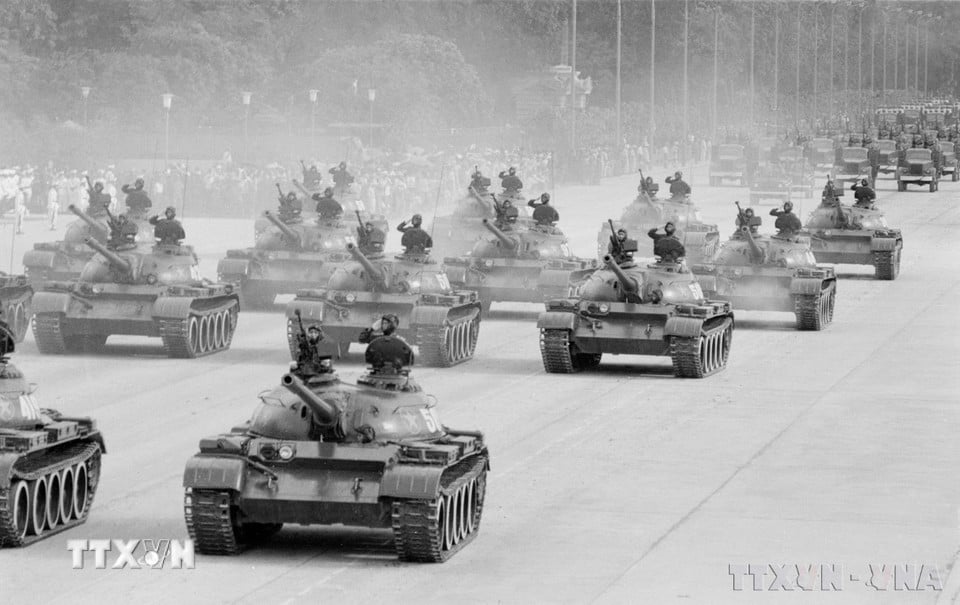
![[Photo] Hanoi: Authorities work hard to overcome the effects of heavy rain](https://vstatic.vietnam.vn/vietnam/resource/IMAGE/2025/8/26/380f98ee36a34e62a9b7894b020112a8)

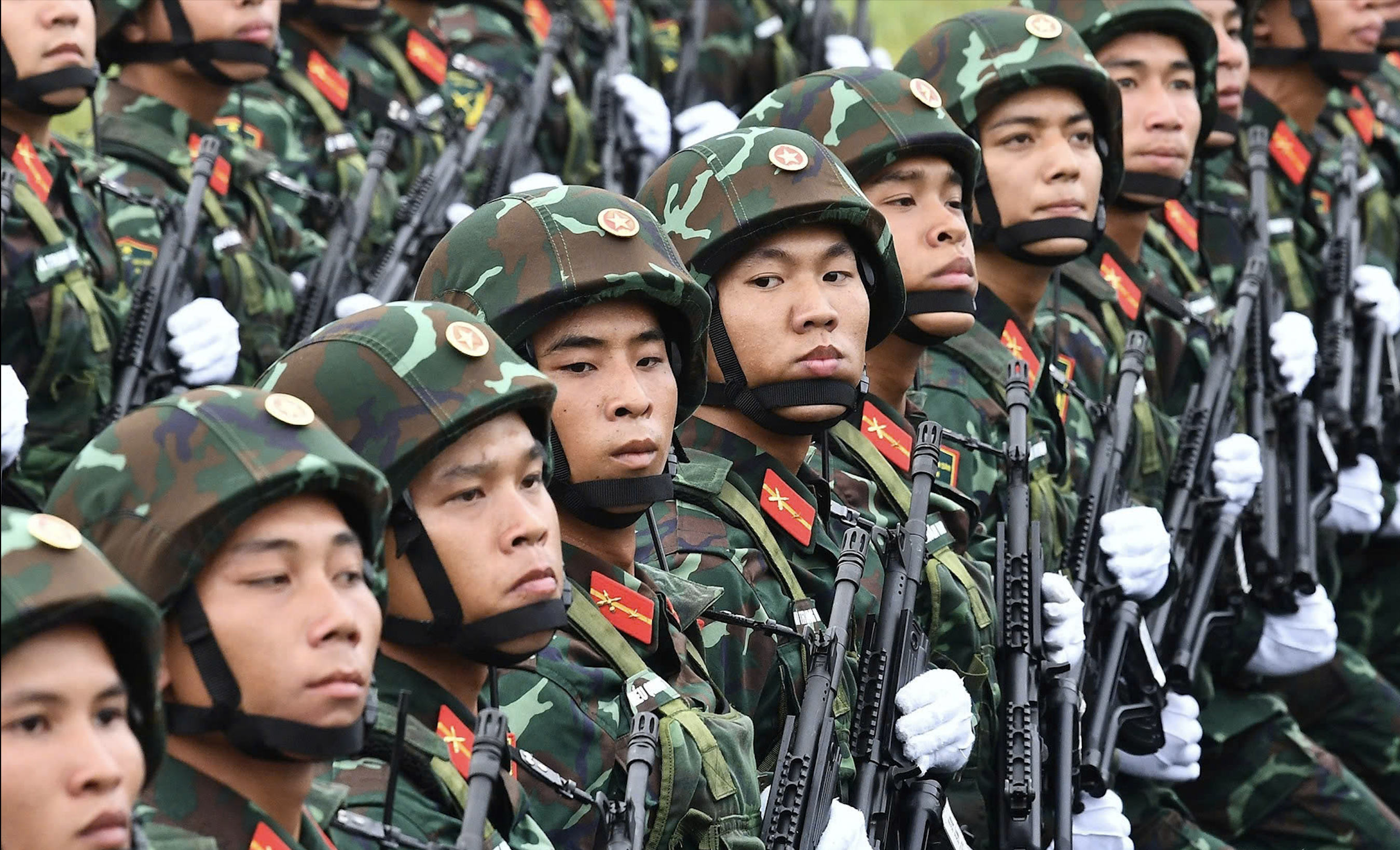
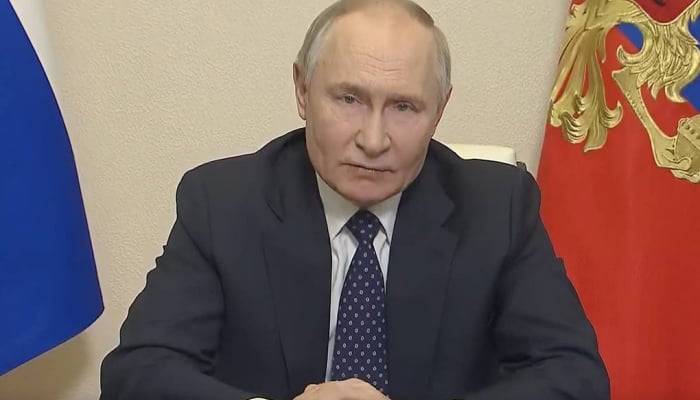

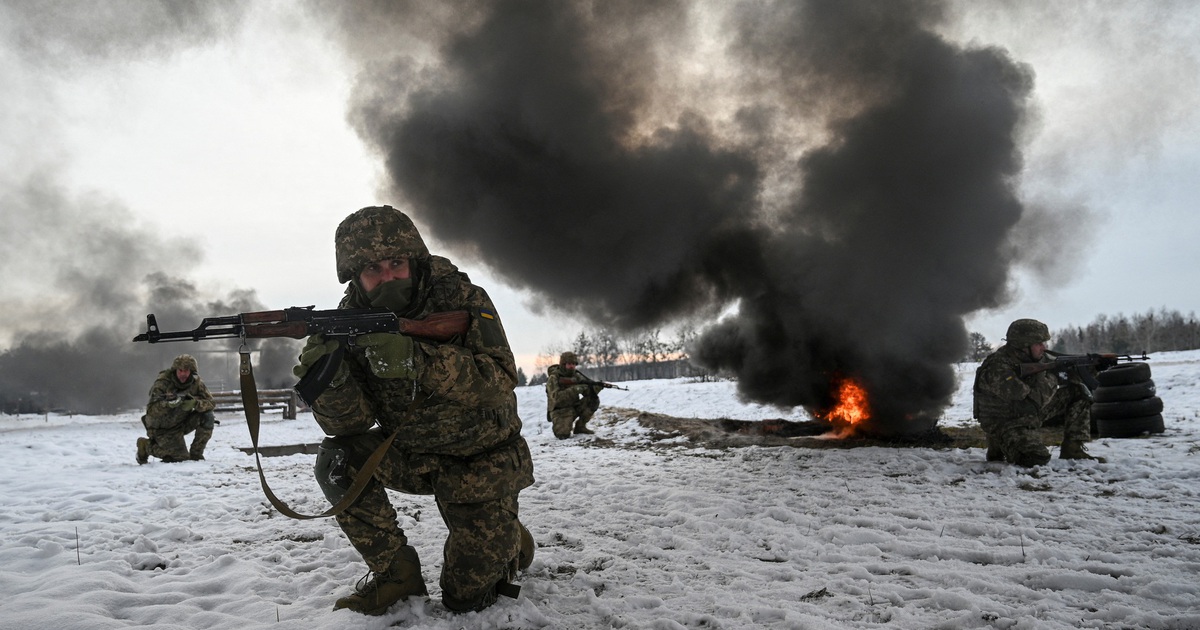



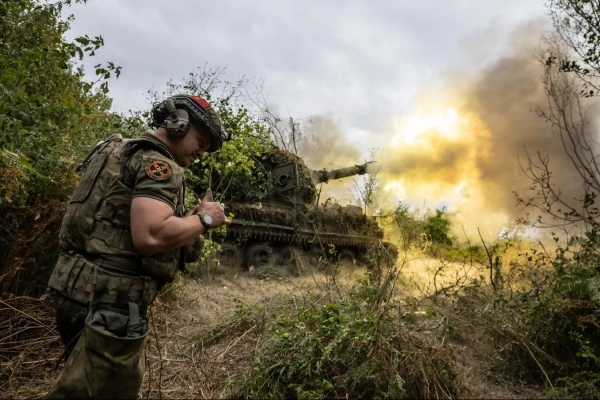

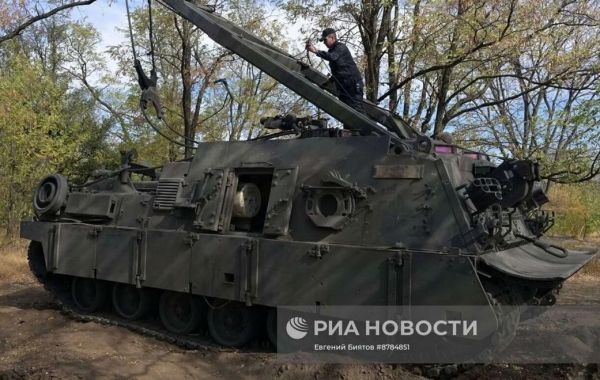
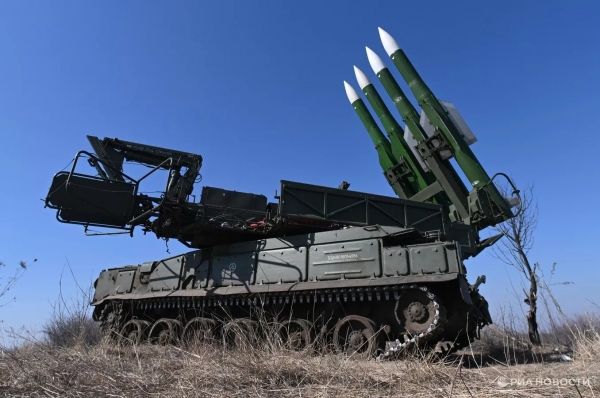

















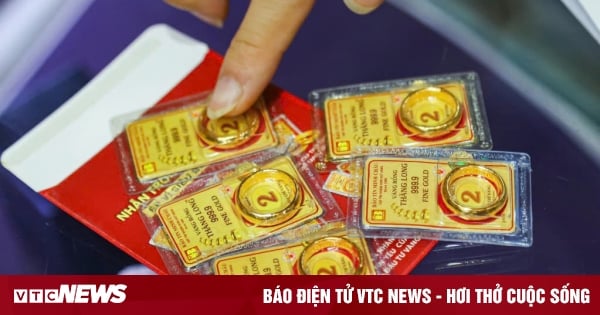




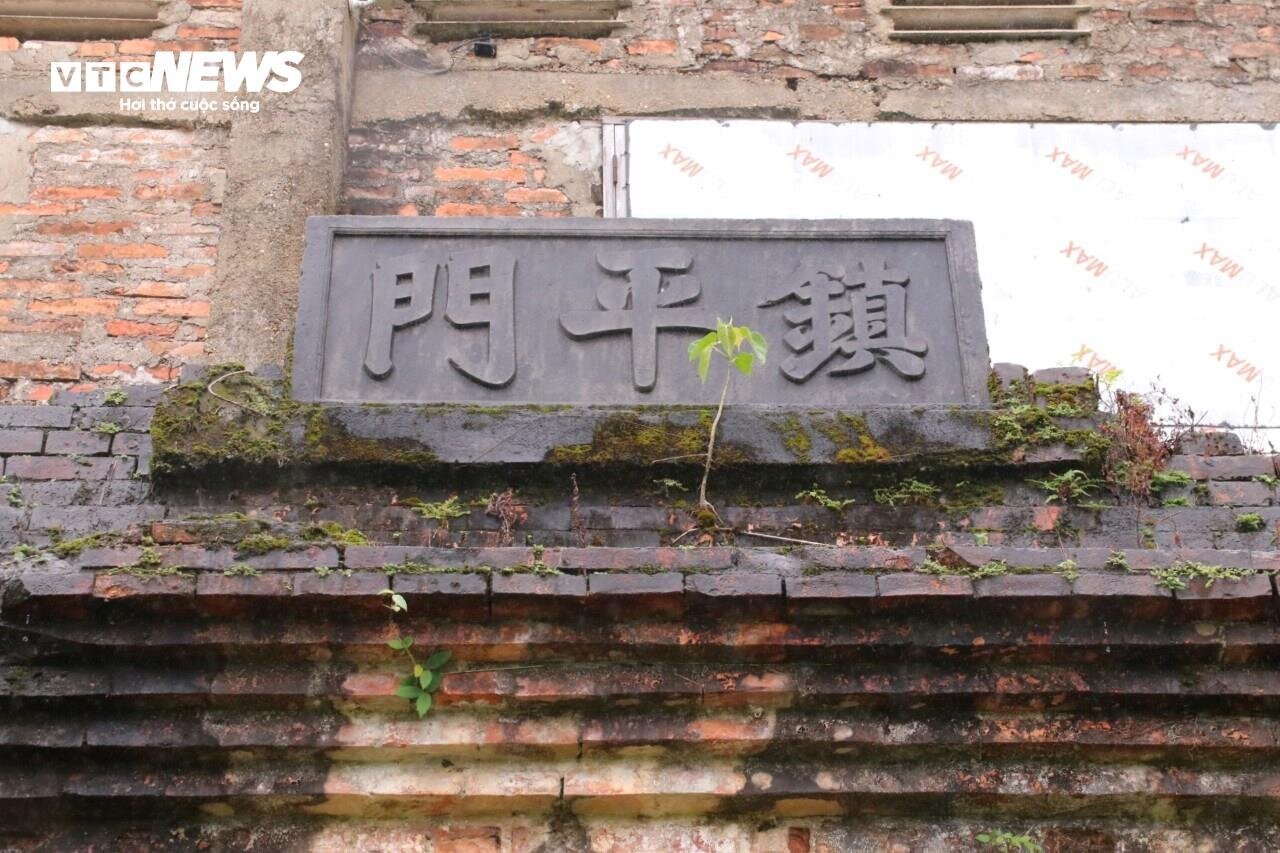


















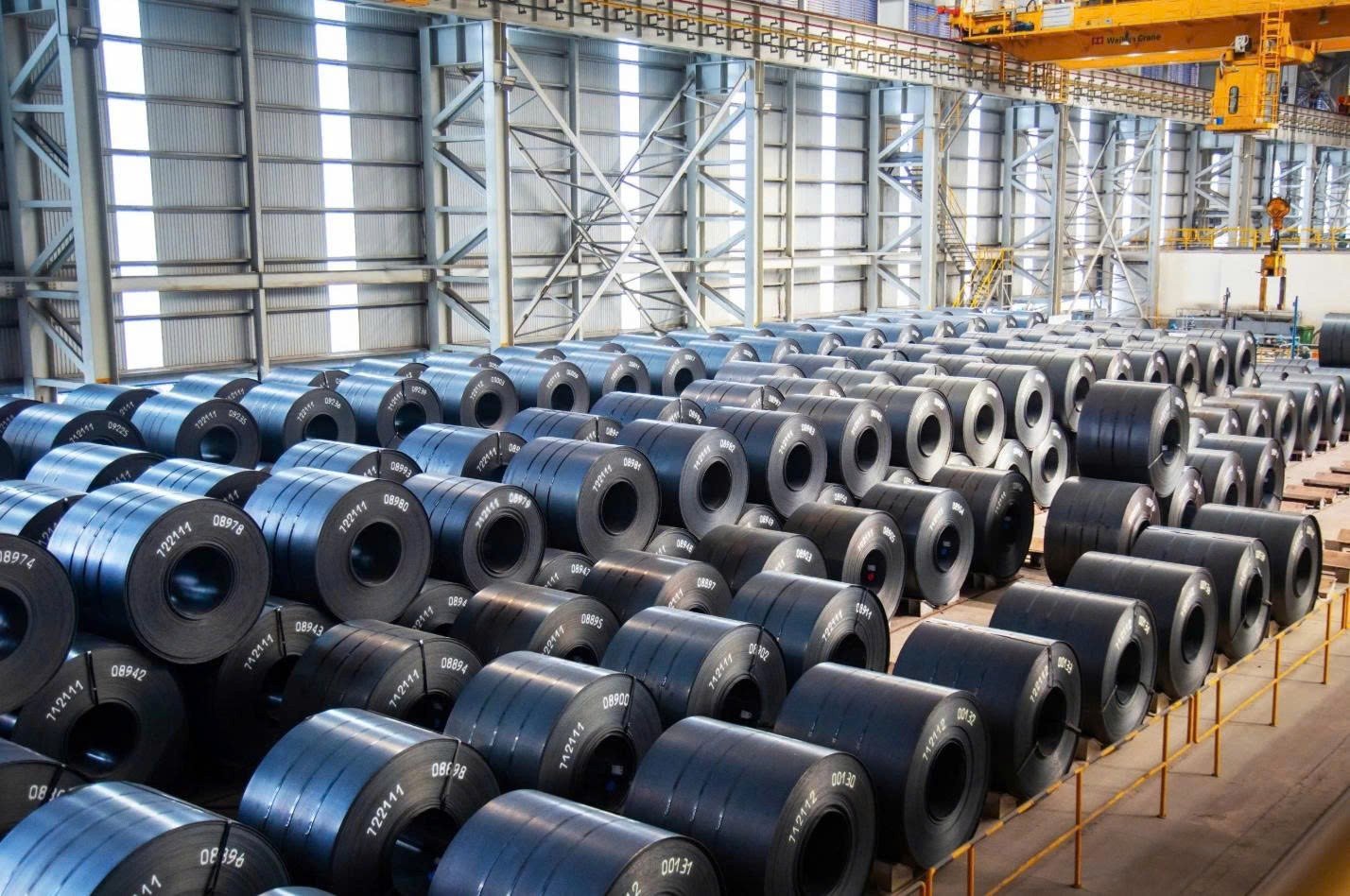


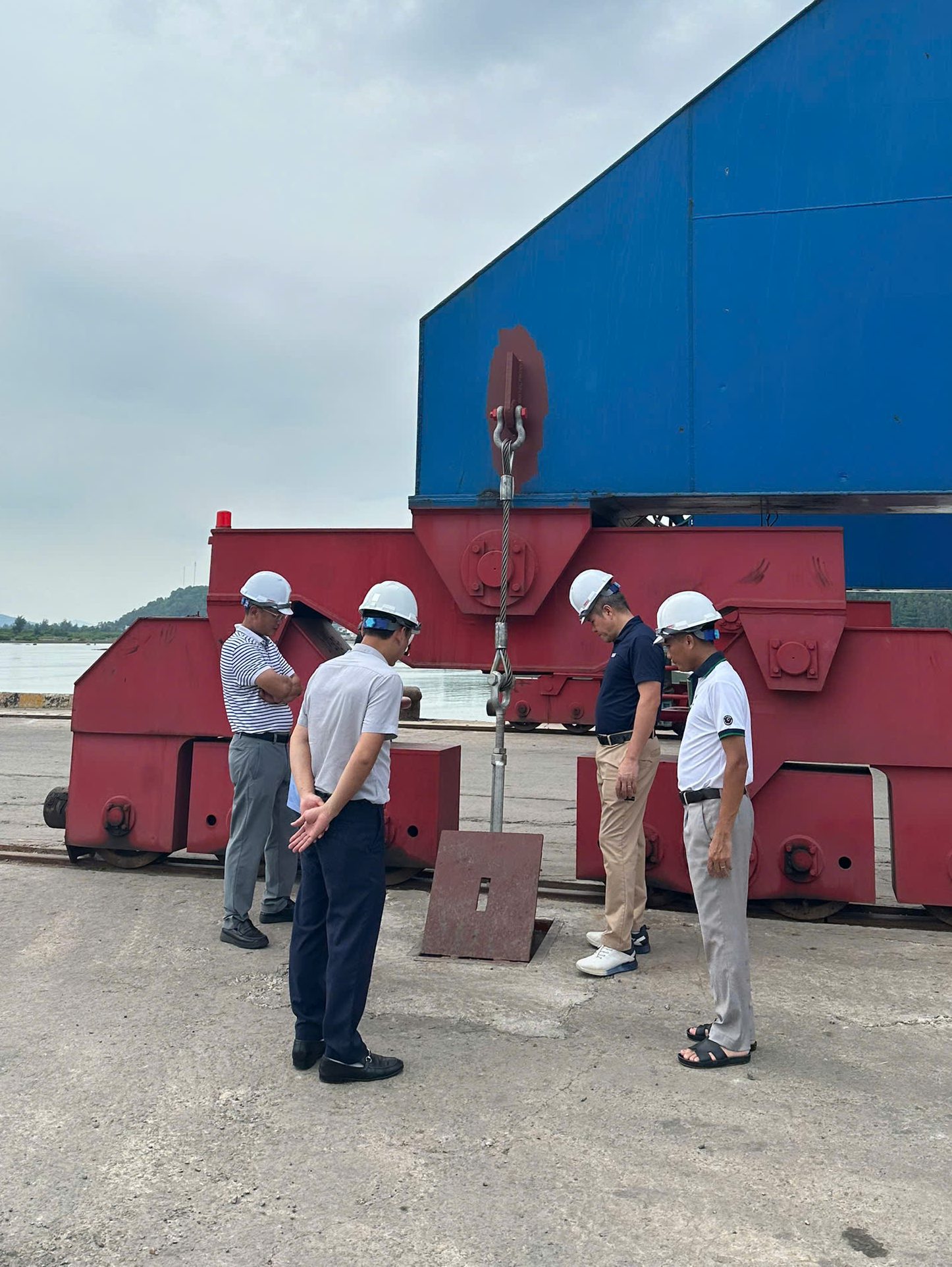


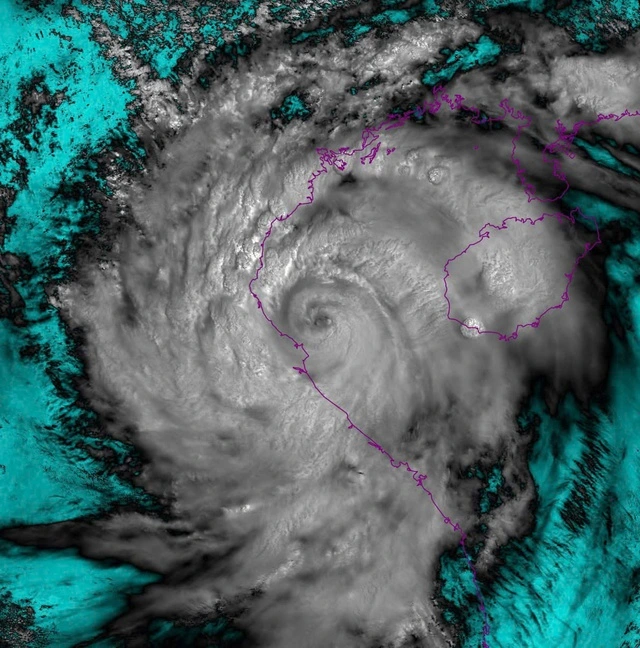
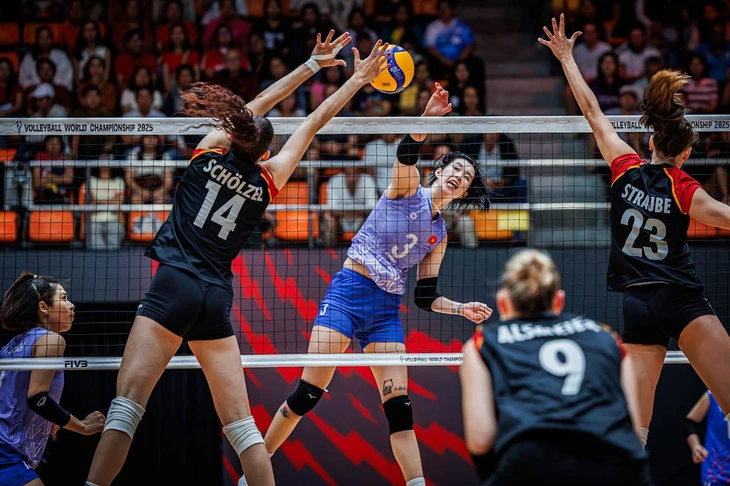

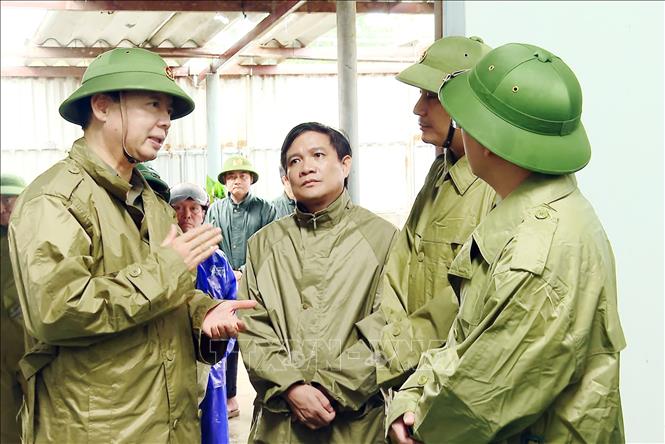












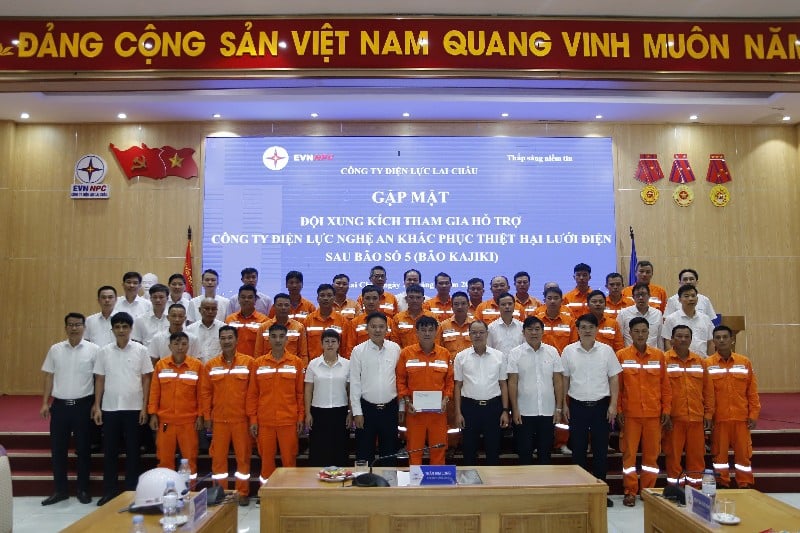



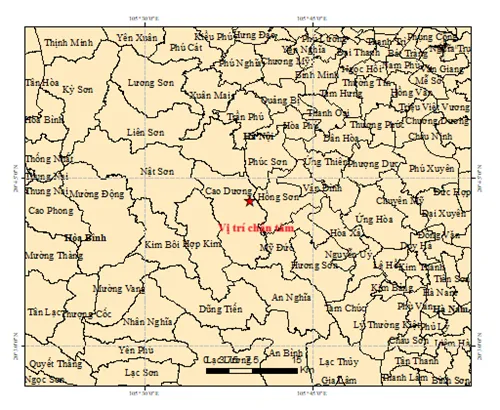









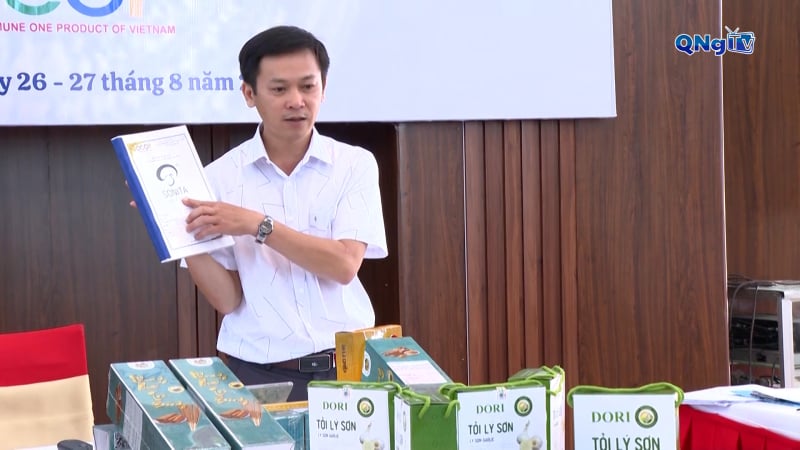









Comment (0)